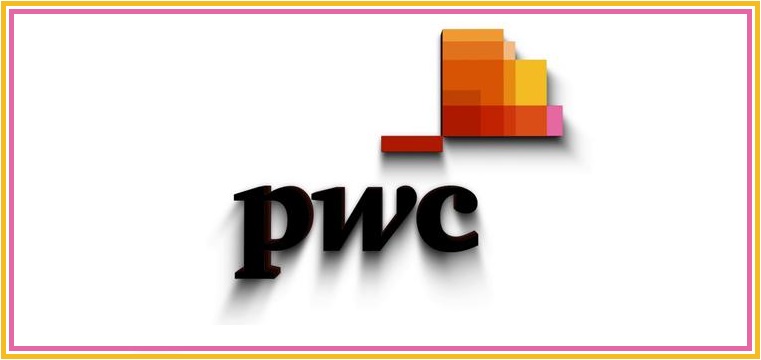As per the PwC annual Global Entertainment and Media Outlook 2015-2019 , the so-called “divide” between digital and traditional media has become irrelevant in the minds and spending habits of consumers, as global E&M spending is set to reach $771 billion by 2019.
The report, released today, provides an in-depth five-year outlook for global consumer spending and advertising revenues directly related to entertainment and media content. The Outlook forecasts that global E&M spending is expected to rise from $1.74 trillion in 2014 to $2.23 trillion by 2019, growing at a compound annual growth rate (CAGR) of 5.1 percent. The U.S. remains the largest E&M market, growing at a 4.9 percent CAGR and reaching $723 billion by 2019, from $568 billion in 2014.
Even though global revenue from digital media is expected to generate stronger growth, non-digital media is still projected to be the significant contributor of global consumer revenues in 2019. U.S. digital spending is expected to grow at 11.1 percent CAGR over the next five years and account for 46 percent of overall U.S. E&M spending growth, up from 34 percent in 2014.
U.S. advertising revenues are forecast to rise at a CAGR of 3.5 percent, increasing from $193.8 billion in 2014 to $230 billion in 2019. Internet and video games advertising in the U.S., both forecasted to grow at 11.1 percent CAGR, is expected to continue to dominate the growth landscape. Internet advertising is projected to overtake U.S broadcast TV advertising (2.5 percent CAGR) in 2018.
The rise of OTT video services is further shaking up advertising. As viewers migrate from traditional networks to digital alternatives, advertisers will follow, says PwC, driving broadcast TV advertising’s share of U.S. total TV advertising down from 95 percent in 2014 to 91.6 percent in 2019.
“In today’s multiplatform environment, E&M companies must take a hard look at the talent, organizational structure and alignment of performance measures with overall strategy across their entire business,” said Deborah Bothun, PwC’s U.S. entertainment, media and communications leader. “While this may seem self-evident, it remains a major challenge that many companies are struggling to overcome as they transform their operations to engage today’s consumer. Mastering the user experience will be the critical success factor for monetizing consumers and sustaining growth.”
“Amidst the proliferation of content and access options, it’s clear that consumers are demanding more flexibility, freedom and convenience regarding when and how they consume content,” said Joe Atkinson, PwC’s U.S. advisory entertainment, media and communications leader. “They want it on-demand, on mobile and are readily engaging with content experiences that they can’t get elsewhere. This has re-energized the enduring appeal of shared, real-life experiences, such as cinema and live sport and music events, which has survived during the growth of digital. In creating new offerings, E&M businesses will need to consider attributes that combine an outstanding user experience, attractive content assortment, smart discovery and a connected social community delivered through an intuitive interface that offers increased personalization and access across devices.”

















